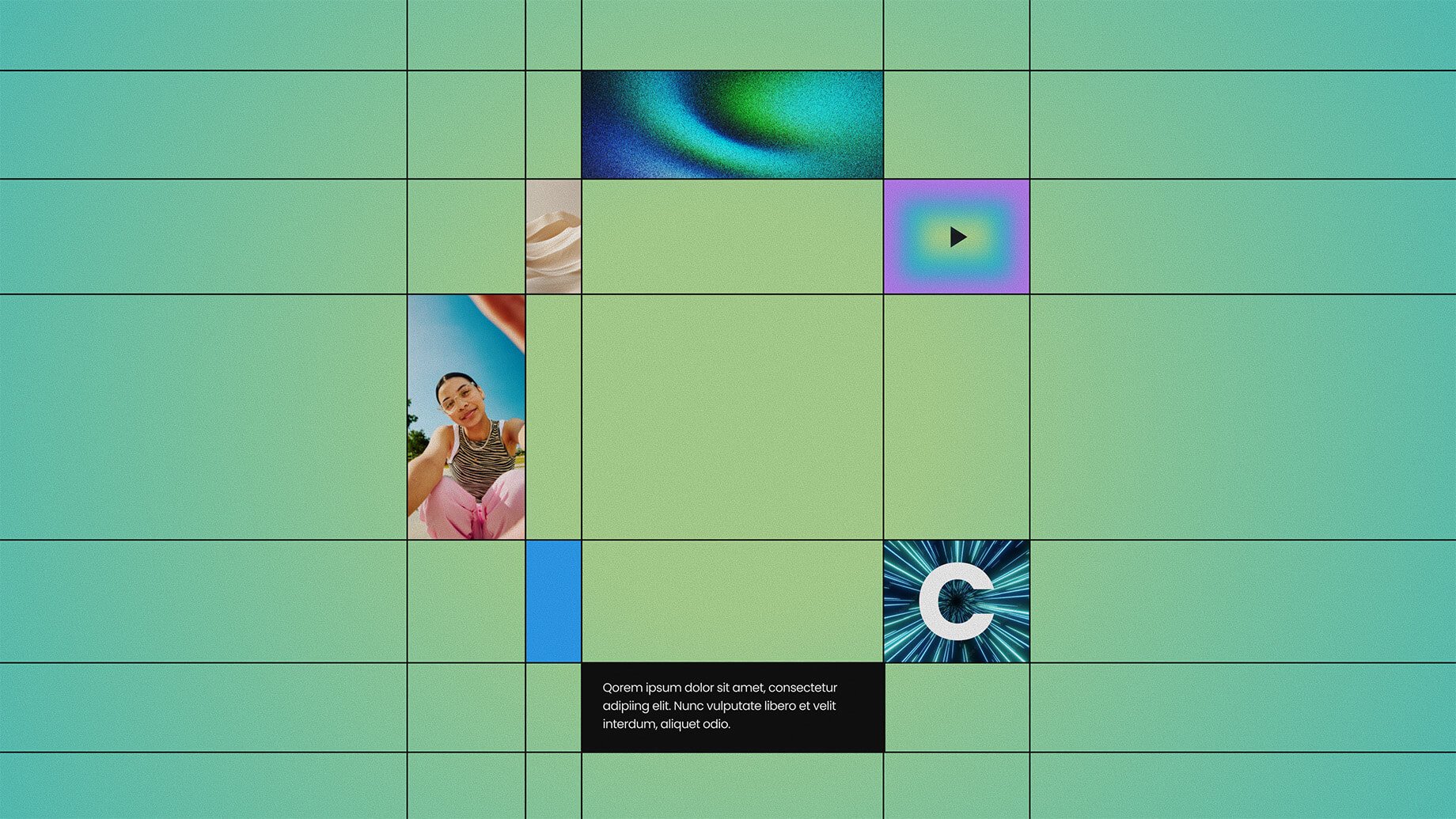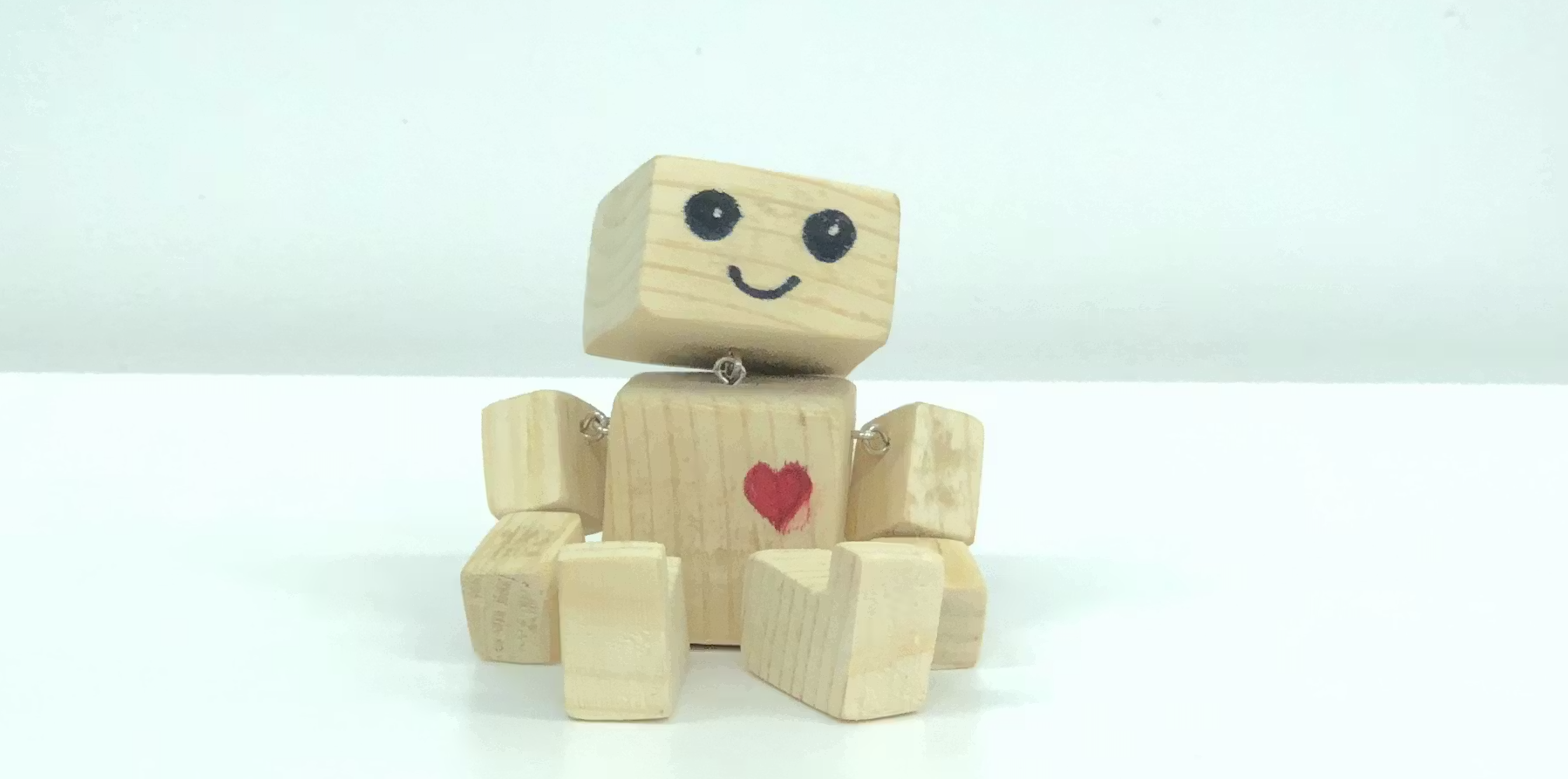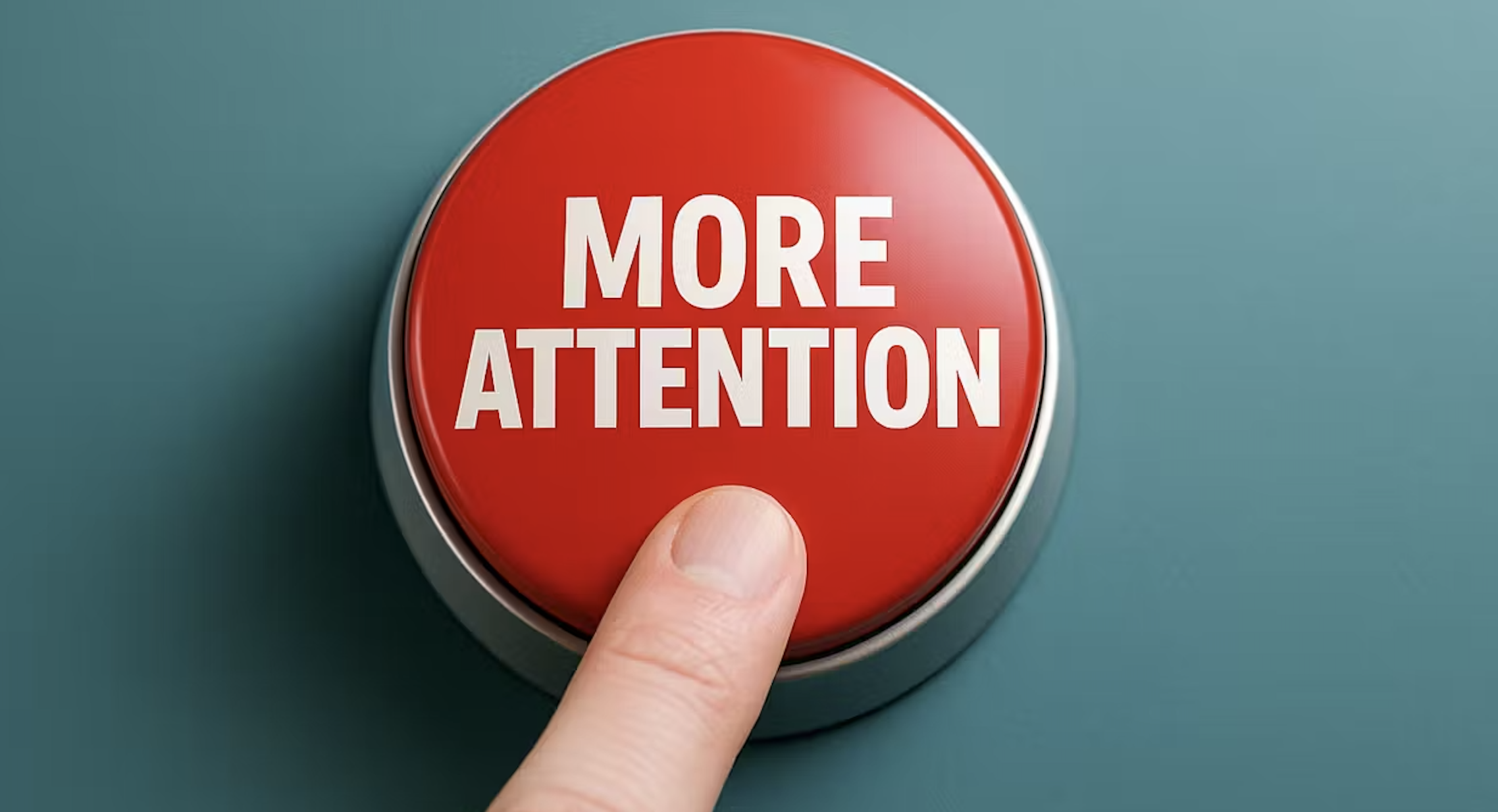Why Empathetic Ethnography Qualitative Research Matters
We are all consumers. We make buying decisions, purchase goods and services, and then use them. However, as marketers, we are not THE ideal target consumers of our own brands. If I am a marketer of a coffee brand, I may drink that brand, but projecting too many of my own needs, perceptions, barriers, and preferences on the brand neglects those of millions of other consumers.
“Me-search” is a slippery slope. Often brand marketers feel like we know our brands better than anyone else. But there is absolutely no substitute for eliminating biases by getting out of the office and using qualitative research to establish empathy for consumers in the environment in which they are selecting and/or using our brand(s).
How to Practice Empathy Marketing
One of my teams recently went into the homes of people who are renters of self-storage units to understand what made them tick. What types of people are they? What are the circumstances that led to their need for self-storage? We sat in the family room of one woman, whom we’ll call Jane. I asked Jane to describe herself, and I listened carefully to her sentimentality around the love she has for her family.
After spending more time in Jane’s home getting a feel for her relationship with her “stuff,” I then followed her over to her self-storage unit. Jane teared up as she showed me the china that her beloved grandmother had passed down to her along with the bag of school projects her daughter made years ago in kindergarten.
“She was just so cute back then,” Jane said.
To Jane, these “things” were more than just things. They were memories. Had I not been with Jane to listen to her vivid descriptions and observe her sentimentality, or had I let my own biases cloud my point of view, I would have never understood her perspective. She and I clearly have a very different relationship with personal belongings in our lives – and it’s good to have uncovered that. Now, when I think of self-storage users, an image of Jane pops into my mind. Having Jane (and others I spoke with) front and center in my head keeps me an empathetic marketer.
Churchill, the Empathetic Ethnographer
Empathetic ethnography played out in the Oscar-nominated The Darkest Hour. In this film, the character of Winston Churchill is helping the United Kingdom navigate the uncertainty in the early days of World War II.
In one scene, Churchill, who is presumably taking his first ride on the Underground, identifies an opportunity to engage with real people. In essence, he conducts ethnographies with passengers by asking them questions, starting with their names and how they were faring in the face of war, and eventually turns the topic to whether Britain should fight back against German tyranny. Most importantly, Churchill turns this into an opportunity to truly listen to the people while they are going about their daily routines and in their own environment.
Historians may question whether this ethnography moment actually happened. Perhaps the screenwriters added the Underground scene to make Churchill seem connected to the people of Great Britain and to make him appear to have been an excellent listener and interpreter of what the people wanted. Regardless, how smart was/would this have been for a leader or anyone who has the capacity to incite change to truly take the time to sit and listen to the people for whom these changes most strongly made an impact? Sure, we’re not all world leaders or CEOs of big brands, but all marketers are change agents and have the ability to use effective market research methods to make a strong connection with consumers based on how well we can truly get to know them.
As we strive to be more empathetic marketers and leaders in our own right, let’s work to get out of our own heads. Let’s make it less about what we believe is the right thing to do and let consumers illuminate our paths forward. If we simply take the time to listen more and speak less, the answers are right there for us.


